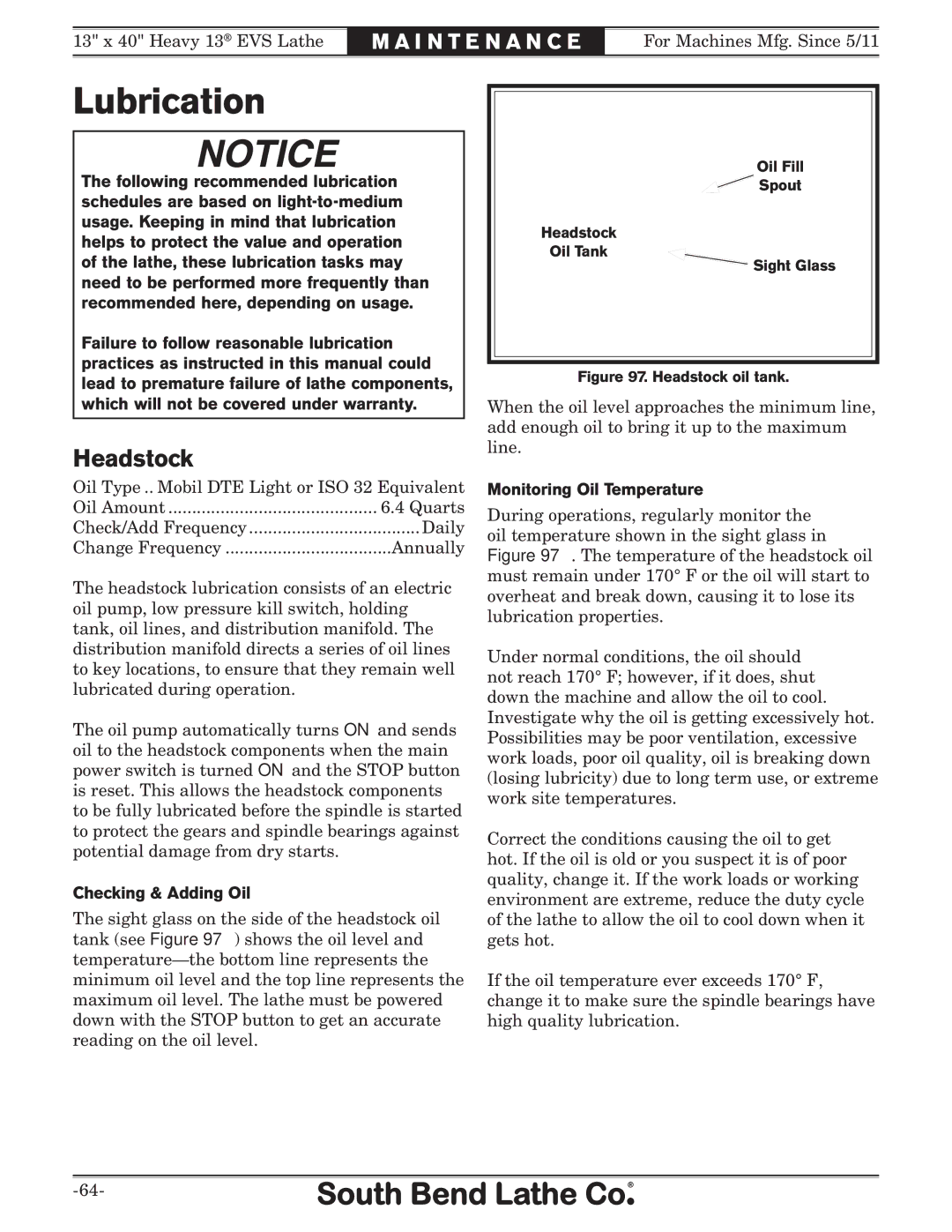SB1051 specifications
The Southbend SB1051 is a highly regarded gas range designed for commercial kitchens, embodying quality and efficiency in its construction and functionalities. This robust cooking appliance is specifically engineered to meet the high demands of professional chefs and food establishments, making it an ideal choice for restaurants, cafes, and catering services.One of the standout features of the Southbend SB1051 is its powerful cooking capabilities. It boasts a total of five open gas burners, each delivering substantial heat output to ensure quick and consistent cooking results. The burners are designed for durability, featuring cast iron grates that provide excellent heat retention and stability for pots and pans. The heat output is generally rated at 30,000 BTUs per burner, making this range suitable for everything from boiling to sautéing and simmering.
In addition to its burners, the SB1051 integrates an impressive oven system. The range includes a standard oven capable of reaching high temperatures for baking and roasting. This oven is designed with heavy-duty construction and features a sturdy door that can withstand the rigors of daily use. Furthermore, it may come with adjustable racks, providing flexibility in cooking different types of dishes simultaneously.
The Southbend SB1051 places a strong emphasis on safety and ease of use. It includes an electronic ignition system that eliminates the need for matches or manual lighting, reducing the risk of accidents in busy kitchen environments. The range also features convenient heat controls, allowing chefs to adjust the temperature efficiently and precisely. The stainless-steel front and sides not only enhance the body’s durability but also make cleaning and maintenance simpler.
Moreover, this range is engineered with practical ergonomics in mind. Its height and depth are designed to optimize the workflow in the kitchen, ensuring that chefs can work comfortably without straining.
In summary, the Southbend SB1051 gas range stands out for its robust construction, powerful burners, and user-friendly features. With its combination of high-performance cooking technology and safety considerations, it is an exceptional investment for anyone looking to enhance their culinary operations. This range sets a high standard in commercial cooking equipment, delivering efficiency and reliability to meet the demands of any professional kitchen.

